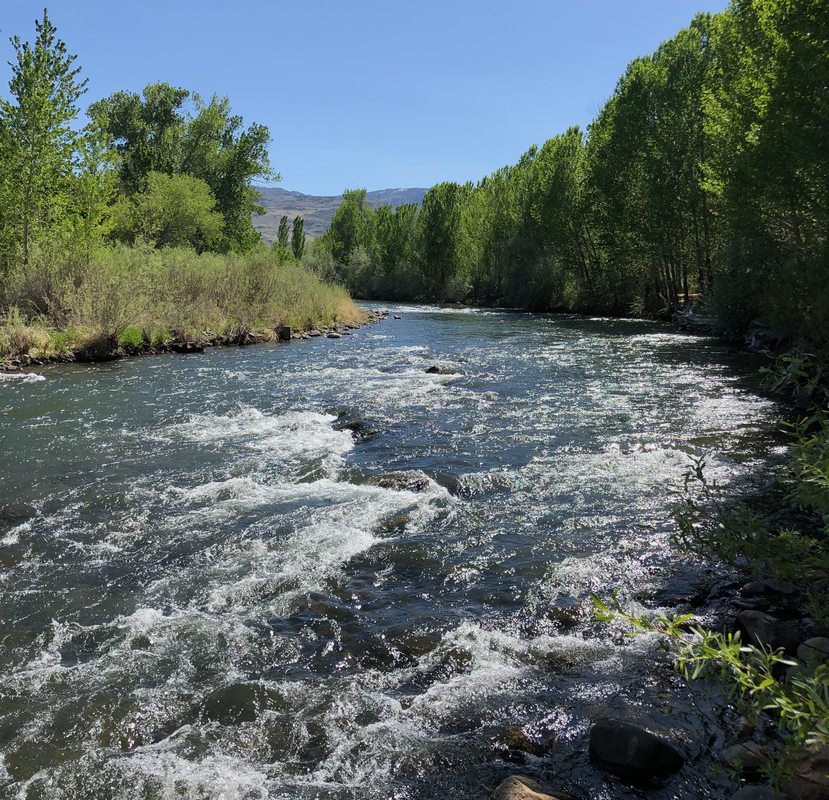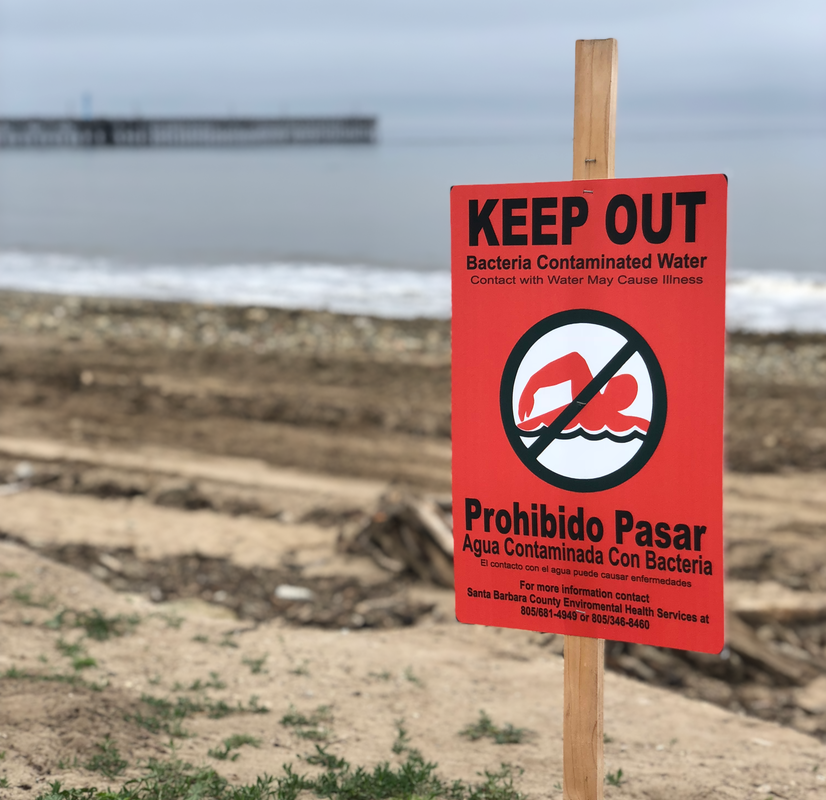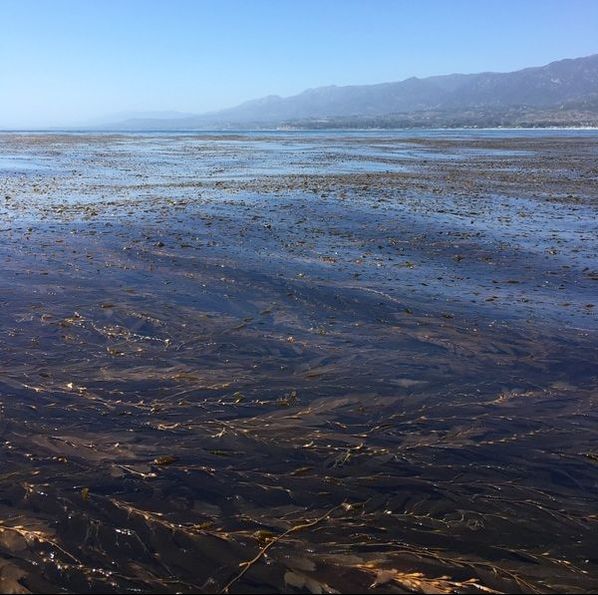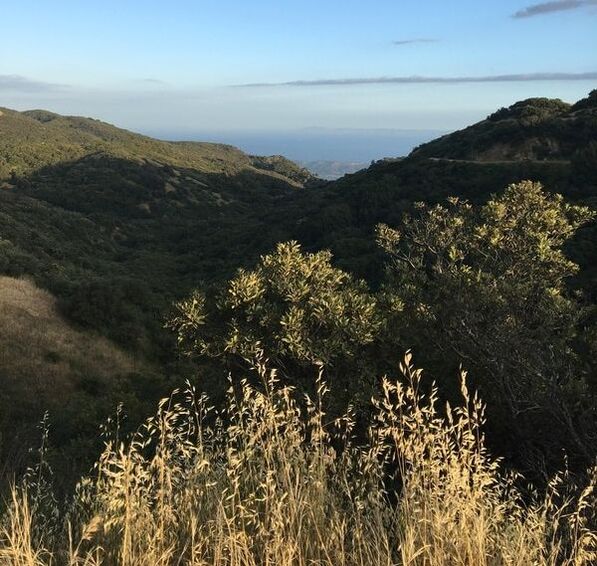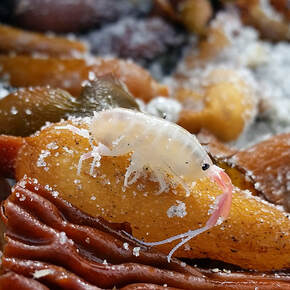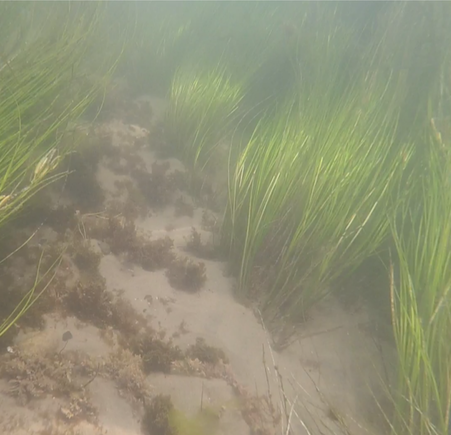My research examines how aquatic ecosystems, ranging from freshwater to marine, respond to disturbance and environmental change, particularly at the aquatic-terrestrial interface. I combine in situ instrumentation, experimental mesocosms, and a diversity of modeling approaches to monitor spatial and temporal change in aquatic environments.
ONGOING RESEARCH
Phenology of Insect EmergenceIn collaboration with the Hubbard Brook LTER, I am analyzing a dataset of aquatic insect emergence to document changes in their phenology and annual biomass. I am also characterizing how lagged and current watershed conditions, including temperature, streamflow, and food sources, might impact their phenology.
|
Fire Impacts on Aridland StreamsAs co-leader of an NCEAS working group, I am modeling the lagged effects of wildfire, precipitation, and their interaction on stream biogeochemistry in aridland ecosystems. The group is also developing a conceptual framework to guide research in aridland watersheds encountering greater fire size and frequency.
|
NEarshore Lake Oxygen DynamicsFollowing a record-high winter snowpack in the Sierra Nevada, I am using high-frequency measurements of dissolved oxygen to characterize the influence of biological (i.e., algal) and physical (e.g., streamflow) factors on daily oxygen dynamics and ecosystem function in nearshore regions of Lake Tahoe.
|
Completed PROJECTS
Modeling River ReCOVERYIn collaboration with researchers at the University of Montana and the USGS, I modeled the recovery of stream productivity (i.e., algal biomass) following flood events in 140+ sites across the U.S. Read more about our findings here.
|
Responses to Extreme WEatherFollowing the Thomas Fire and Montecito debris flow, I examined the transport and relative degradation of terrestrial debris deposited on a local beach during emergency response efforts. Read more about our findings here.
|
MacroAlgal Nutritional ContentIn collaboration with the Santa Barbara Coastal LTER, I examined decadal changes in giant kelp tissue nutritional content in relationship to changing seawater temperatures and oceanographic indices. Read more about our findings here.
|
Terrestrial Organic Matter ExportsAs part an NSF RAPID project, I investigated the sources and transport of terrestrial organic matter along a mountains-to-ocean transect following periods of drought and winter storm events. Read more about our findings here.
|
Consumer-Derived NutrientsI measured the excretion rates of beach consumers, i.e., talitrids (pictured above, credit: N. Schooler), and the impacts of this nutrient subsidy on the surrounding marine and terrestrial communities. Read more about our findings here.
|
SEDIMENTS AS A SOURCE OF NUTRIENTSI used nearshore marine sediments to investigate their potential to contribute nitrogen (N) to the overlying water column, during stratified conditions when N is in high demand by nearby giant kelp forests. Read more about our findings here.
|



